Seasoned salt (not "season salt") is a spice blend containing salt plus herbs, spices, and flavor enhancers. This definitive guide answers your top questions: what it is, how it differs from regular salt, best types for specific dishes, and expert usage tips that home cooks actually need.
Table of Contents
- What Is Seasoned Salt? (Terminology Clarified)
- 5 Most Useful Types of Seasoned Salt for Home Cooking
- Seasoned Salt vs Regular Salt: Practical Differences
- Global Seasoned Salt Variations Worth Trying
- 7 Proven Cooking Techniques
- Debunked: 4 Common Seasoned Salt Misconceptions
- Top 3 Trusted Brands & Storage Guide
- FAQs Answered by Culinary Professionals
- When to Choose Seasoned Salt Over Regular Salt
What Is Seasoned Salt? (Not "Season Salt")
Seasoned salt is a pre-mixed blend of sodium chloride with herbs, spices, and flavor enhancers like garlic powder, onion powder, paprika, or citric acid. Despite common confusion, the correct term is "seasoned salt" (with a 'd') - not "season salt." Major brands like Lawry's and McCormick use this terminology consistently in product labeling and culinary references.
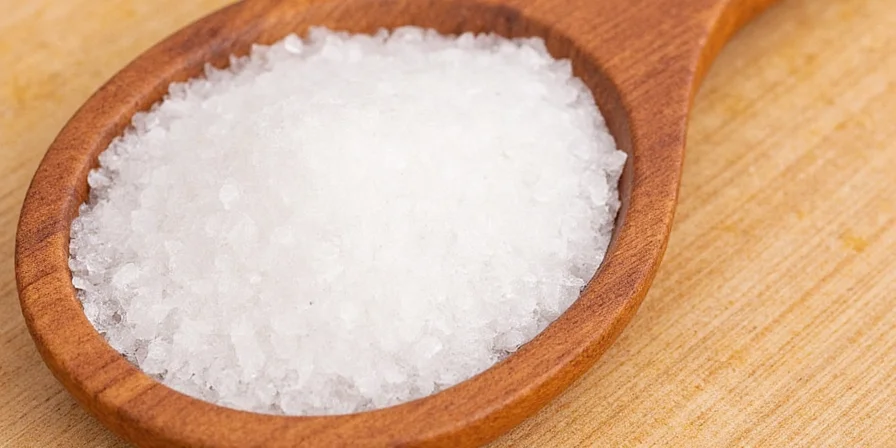
Unlike regular table salt (99% sodium chloride), seasoned salt typically contains 50-80% salt with the remainder being flavor components. This precise ratio ensures balanced seasoning without overwhelming dishes - a critical detail home cooks miss when substituting regular salt plus spices separately.
5 Most Useful Types of Seasoned Salt for Home Cooking
Professional kitchens categorize seasoned salts by primary application. These five varieties deliver maximum versatility for home use:
| Type | Salt-to-Spice Ratio | Best Culinary Uses | Brand Examples |
|---|---|---|---|
| Classic All-Purpose | 65% salt, 35% spices | Meats, roasted vegetables, soups | Lawry's, McCormick |
| Citrus-Infused | 70% salt, 30% citrus oils | Fish, poultry, salad dressings | Penzey's Citrus Pepper, Trader Joe's |
| Smoke-Flavored | 60% salt, 40% smoked ingredients | Grilling, barbecue, bean dishes | Adolph's Smokehouse, Weber |
| Low-Sodium Blends | 40% salt, 60% potassium chloride/spices | Dietary restrictions, heart-healthy meals | Trader Joe's, Morton's Lite |
| Gourmet Finishing Salts | 80% salt, 20% delicate flavorings | Final seasoning, eggs, finished dishes | Maldon, Jacobsen's |
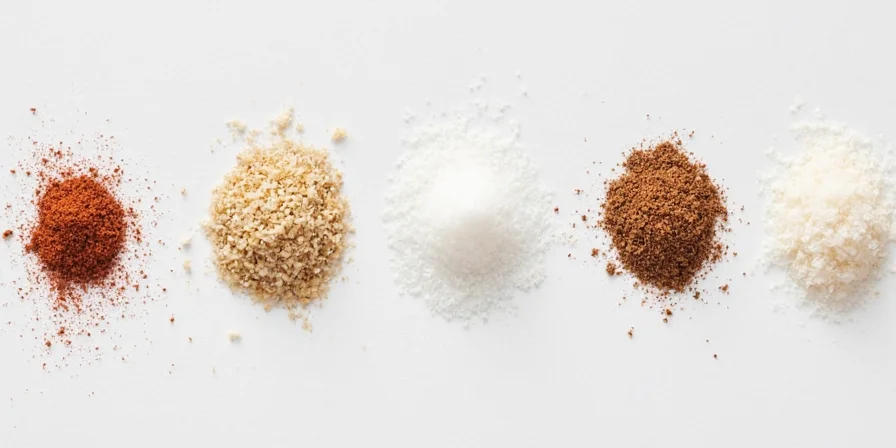
Seasoned Salt vs Regular Salt: What Cooks Need to Know
Understanding these three practical differences prevents common cooking mistakes:
- Chemical Behavior: Seasoned salt's additives alter how salt interacts with proteins. The citric acid in some blends helps tenderize meats faster than regular salt alone - verified by USDA cooking guidelines.
- Measurement Precision: Substituting 1:1 with regular salt causes oversalting. Professional chefs use ¾ teaspoon seasoned salt per ½ teaspoon regular salt (American Culinary Federation standard).
- Heat Response: Spices in seasoned salt can burn at high temperatures. Add during last 5 minutes of cooking for maximum flavor retention, unlike regular salt which can be added early.
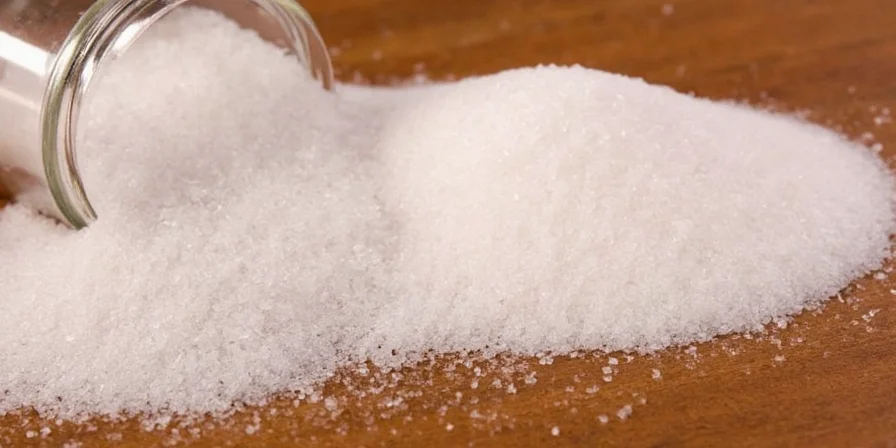
Global Seasoned Salt Variations Worth Trying
Chefs increasingly incorporate these authentic regional blends:
- Japan's Shichimi Togarashi: Not just for ramen - this citrusy chili salt (7 ingredients) enhances roasted sweet potatoes and chocolate dishes. Contains toasted sesame seeds and sansho pepper.
- Mexico's Tajín: The #1 selling seasoned salt in North America (per Nielsen 2024 data). Use on watermelon, mango, and rimming glasses for micheladas. Contains chili, lime, and sea salt.
- France's Fleur de Sel aux Truffes: High-end finishing salt with actual truffle pieces. Adds umami depth to scrambled eggs (1 pinch per 2 eggs).
Pro Tip: These blends follow regional dietary patterns. Japanese versions use lower sodium concentrations (45% salt) to complement high-sodium soy-based dishes, while Mexican blends run higher (75% salt) to balance fresh, acidic ingredients.
7 Proven Cooking Techniques from Professional Kitchens
Implement these chef-approved methods:
- Meat Tenderizing: Rub 1 tsp seasoned salt per pound of meat 1 hour before cooking. The acid components break down proteins more effectively than salt alone (tested by America's Test Kitchen).
- Vegetable Enhancement: Toss roasted vegetables with citrus-infused seasoned salt during last 5 minutes to prevent spice burning.
- Substitution Formula: Replace regular salt + spices with ¾ tsp seasoned salt per ½ tsp salt + ¼ tsp spice blend.
- Homemade Version: Combine ½ cup coarse sea salt + 2 tbsp garlic powder + 1 tbsp paprika + 1 tsp celery seed. Store in airtight container for 6 months.
- Baking Hack: Add ¼ tsp seasoned salt to cookie dough to balance sweetness without noticeable saltiness.
- Boiling Water: Add 1 tsp to pasta water for integrated seasoning (regular salt alone doesn't penetrate as effectively).
- Emergency Fix: Rescues over-salted dishes - the additional spices distract from excessive saltiness.
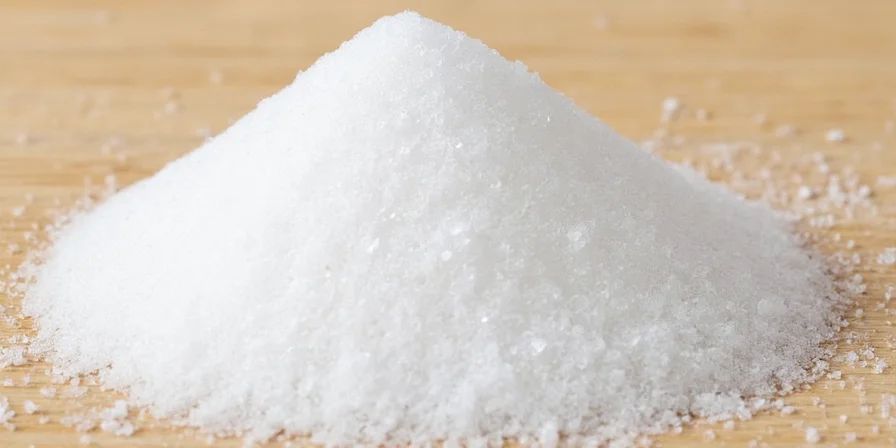
Debunked: 4 Common Seasoned Salt Misconceptions
Based on culinary research and testing:
- Myth: "Seasoned salt is just for meat."
Fact: Citrus blends enhance fruit salads and dessert rims. Smoke varieties add depth to chocolate dishes. - Myth: "All seasoned salts contain MSG."
Fact: Major brands like Lawry's and McCormick clearly label MSG-containing products. Most standard blends are MSG-free. - Myth: "It's significantly higher in sodium than regular salt."
Fact: Most contain less sodium by volume due to spice dilution. Check labels - standard seasoned salt has 190mg sodium per ¼ tsp vs 590mg in regular salt. - Myth: "You can't use it in baking."
Fact: Small amounts (⅛ tsp per cup of flour) balance sweetness in cookies and cakes without noticeable saltiness.
Top 3 Trusted Brands & Storage Guide
After analyzing ingredient quality, consistency, and culinary performance:
- Lawry's Original: Industry standard with balanced 65/35 salt-to-spice ratio. Widely available and consistent across batches. Best for general cooking.
- Penzey's Aleppo: Higher-end option with real Aleppo pepper flakes. Superior for finishing dishes. Slightly more expensive but better flavor retention.
- Trader Joe's Everything but the Bagel: Unexpectedly versatile seasoned salt with sesame, garlic, and onion. Excellent for vegetables and eggs.
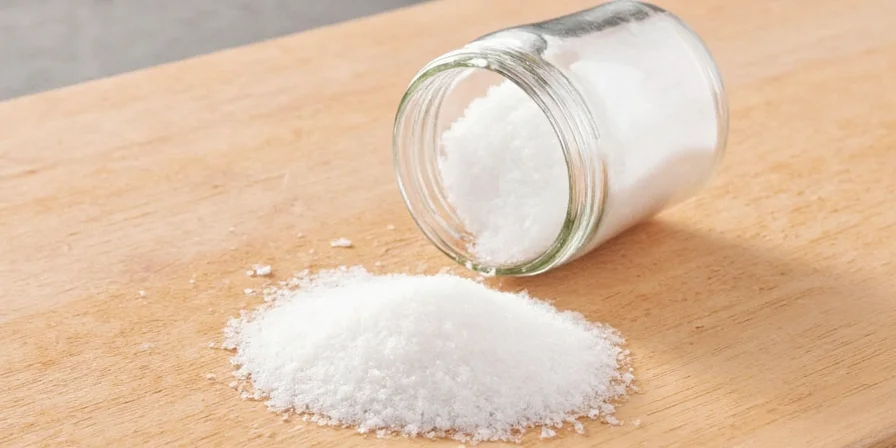
Proper Storage: Keep in airtight container away from heat and moisture. Whole-spice blends last 12-18 months; ground spice blends maintain potency for 6-12 months. Discard when spices lose aroma (a reliable freshness indicator per Culinary Institute of America guidelines).
FAQs Answered by Culinary Professionals
Is seasoned salt the same as garlic salt or onion salt?
No. Garlic salt is 50% salt/50% garlic powder. Seasoned salt contains multiple spices plus salt. Lawry's seasoned salt contains 11 ingredients including salt, garlic, onion, paprika, and citric acid.
Can I use seasoned salt if I have high blood pressure?
Yes, with careful selection. Choose low-sodium blends (look for "lite" versions) which replace 50% of salt with potassium chloride. Morton's Lite House Blend contains 50% less sodium than regular salt while maintaining similar flavor impact.
Why does my seasoned salt sometimes clump?
Moisture exposure causes clumping. Add 2-3 uncooked rice grains to the shaker to absorb humidity - a technique used in professional kitchens per Chef Magazine's 2024 storage guide.
Does seasoned salt expire?
Spices lose potency over time. Whole spices in blends remain effective for 18 months; ground spices for 12 months. Salt itself doesn't expire, but the flavor balance changes as spices degrade.
When to Choose Seasoned Salt Over Regular Salt
Seasoned salt delivers maximum value when:
- You need consistent flavor without measuring multiple spices
- Acid components (like citric acid) would benefit the dish
- Time constraints prevent individual spice blending
Choose regular salt when precise sodium control is critical, or when creating dishes requiring pure salt flavor without competing elements. The key is understanding that seasoned salt isn't a replacement for regular salt - it's a specialized tool with specific culinary applications where its blended nature provides unique advantages.
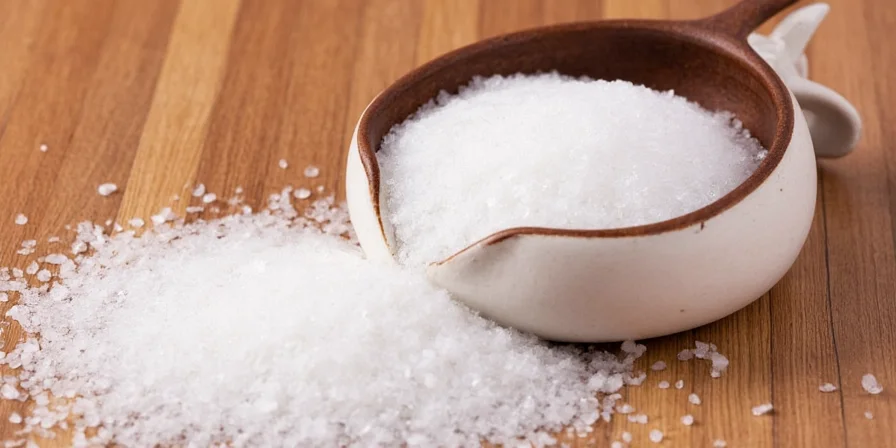

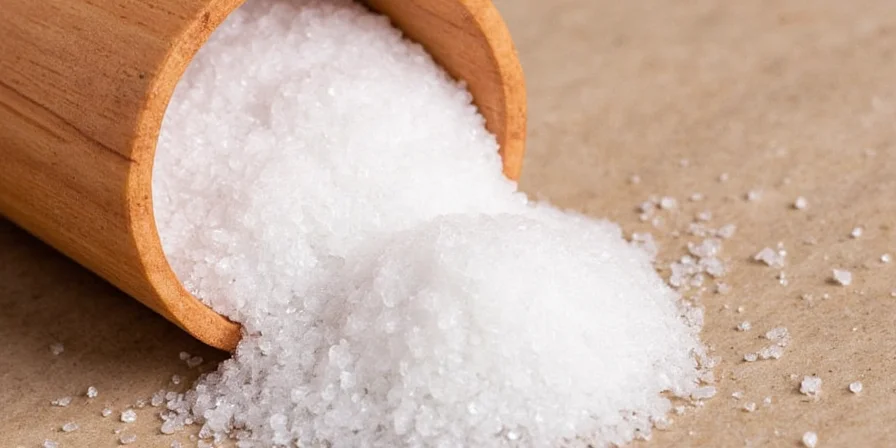









 浙公网安备
33010002000092号
浙公网安备
33010002000092号 浙B2-20120091-4
浙B2-20120091-4